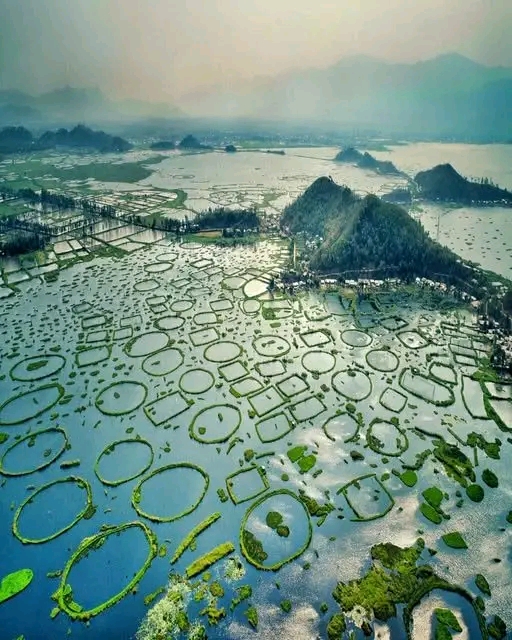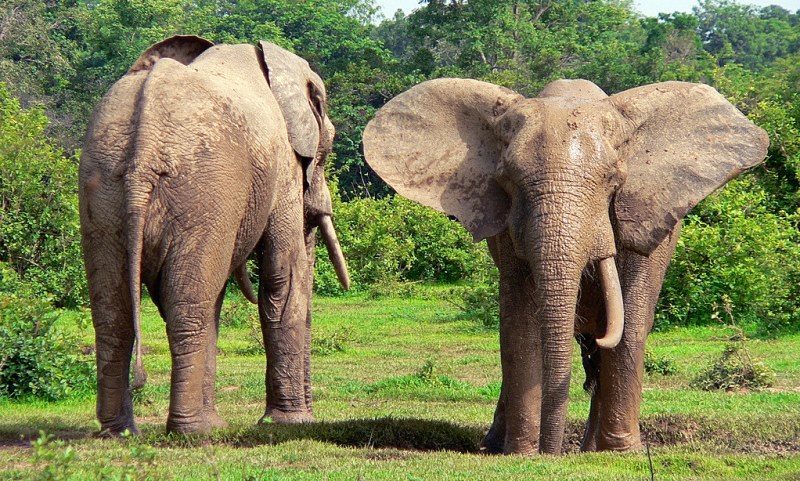Loktak Lake, in the northeastern state of Manipur, India, is indeed a marvel of nature. As the largest freshwater lake in the region, it is renowned for its “phumdis,” which are floating islands made of decomposed plant material and soil. These phumdis not only give the lake its distinctive appearance but also play a critical role in its ecology and the livelihoods of the surrounding communities.
One of the most fascinating aspects of Loktak Lake is that it houses the world’s only floating national park, the Keibul Lamjao National Park. This park, entirely formed by phumdis, is the last natural refuge for the sangai deer, an endangered species often referred to as the dancing deer due to its delicate and graceful movements on the floating vegetation. The park and the lake together are a testament to the unique biodiversity and culture of the region, making Loktak Lake an invaluable ecological and cultural treasure.
Why Loktak Lake Matters:
- Ecological Importance: It supports diverse flora and fauna, including numerous migratory birds, fish species, and the rare sangai deer.
- Economic Significance: The lake provides water for agriculture, fishing, and hydropower, serving as a lifeline for local communities.
- Tourism and Conservation: Its breathtaking landscapes and the uniqueness of the floating national park attract tourists and conservationists alike.

Loktak Lake exemplifies the delicate balance of nature and human coexistence, offering an inspiring story of resilience and the importance of protecting such natural wonders.

















